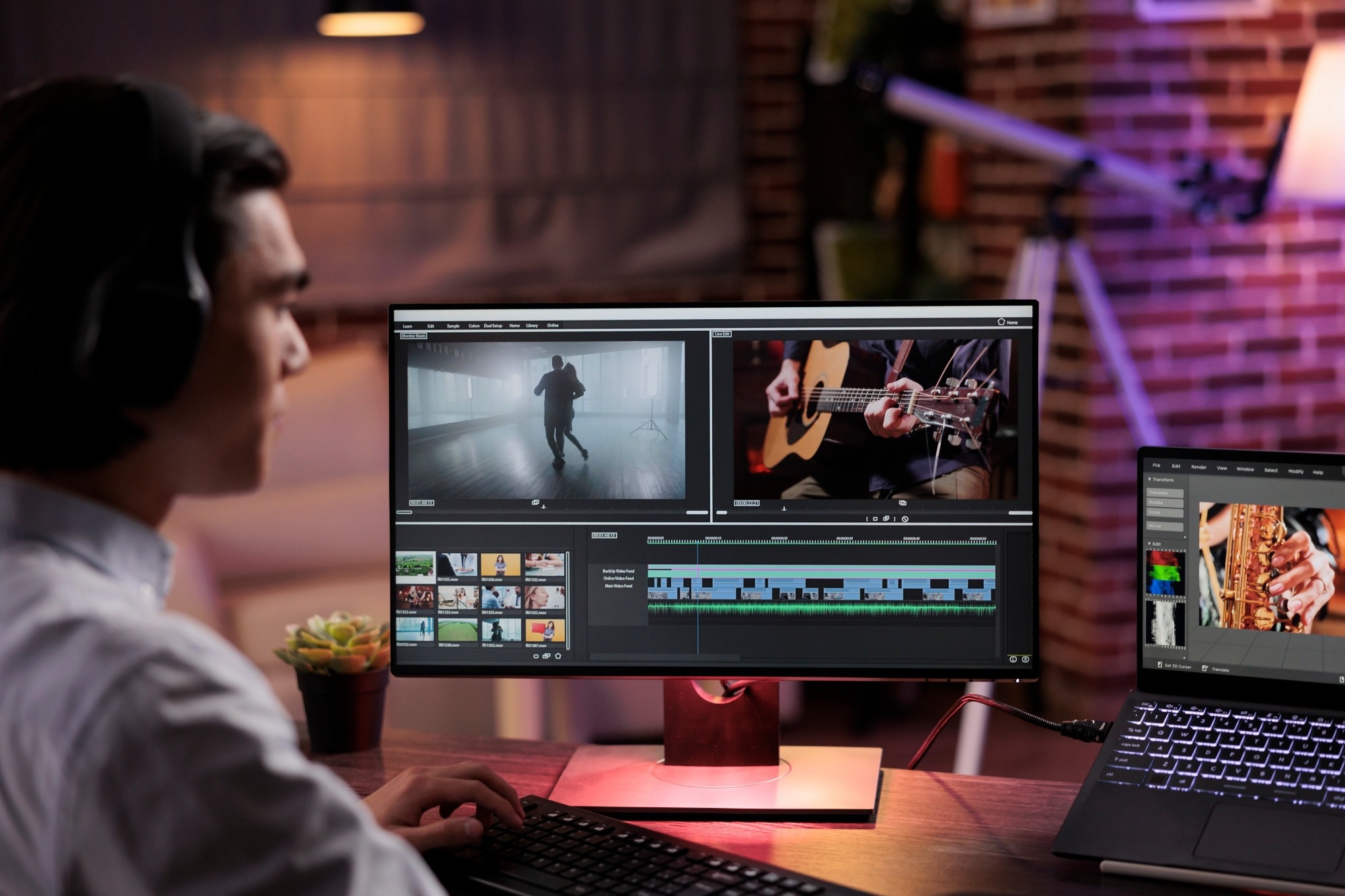In an article recently posted to the Meta Research Website, researchers introduced a new method called "Incremental CONfidence (ICON)" to improve the process of optimizing camera poses and neural radiance fields (NeRFs) together. This method aims to overcome the challenges of reconstructing three-dimensional (3D) objects from video sequences, especially when precise camera positions are difficult to obtain.
 Study: ICON: Advancing 3D Object Reconstruction from Videos. Image Credit: DC Studio/Shutterstock.com
Study: ICON: Advancing 3D Object Reconstruction from Videos. Image Credit: DC Studio/Shutterstock.com
Background
NeRF is a method for creating 3D scenes from two-dimensional (2D) images. It works by mapping 3D points to color and density values, which allows for the creation of realistic images from different angles. However, accurate camera positions for each input image are required, usually determined through structure-from-motion (SfM), which becomes challenging in frequently changing scenes.
Recent methods have tried to address this issue by jointly optimizing camera poses and NeRFs, but they still require good initial pose estimates. Therefore, more robust approaches are needed to handle inaccurate or unknown camera positions, making NeRFs more accessible and reliable.
About the Research
In this paper, the authors proposed ICON, a method designed to simultaneously optimize camera poses and NeRFs. ICON employs a "neural confidence field" to estimate confidence at each 3D point, which then guides the optimization process. This approach refines both NeRF and camera poses by using confidence measured from photometric error. This allows the model to learn the NeRF accurately with precise poses and to adjust the poses when the NeRF is clear.
ICON integrates several components to address the challenges of joint optimization. A key element is incremental frame registration, which processes video frames using motion smoothness to initialize each new frame's pose based on the previous frame. This ensures efficient and robust pose estimation, especially with minimal motion between frames.
To enhance optimization robustness, ICON employs a confidence-based geometric constraint. This feature helps avoid local minima, a common issue in optimization tasks and addresses the Bas-Relief ambiguity, where different 3D shapes can produce identical images under varying lighting conditions. By identifying these ambiguities, the confidence-based constraint ensures more accurate 3D reconstructions.
ICON also incorporates a confidence-based loss calibration mechanism, which dynamically adjusts the weight of the loss function based on the confidence levels of the predicted pose and NeRF. This adaptive adjustment is crucial for robust learning, maintaining a balanced and effective optimization process that leads to precise results.
Additionally, ICON uses a restart strategy to further overcome local minima. This strategy involves initiating multiple independent optimizations runs and selecting the one with the highest confidence level. By exploring various potential solutions, this approach increases the likelihood of finding the global optimum, enhancing the robustness and efficiency of ICON in handling complex joint optimization tasks.
Research Findings
The researchers evaluated ICON's performance through extensive experiments on various datasets, including common objects in 3D (CO3D), hand-object 3D (HO3D), and light field factory (LLFF). Their outcomes demonstrated that ICON significantly outperformed existing methods, especially in challenging scenarios where obtaining accurate camera poses was difficult.
In the object-only setting of CO3D, where the background was masked, ICON demonstrated superior performance compared to bundle adjustment for radiance fields (BARF), a state-of-the-art method for joint pose and NeRF optimization. These results highlighted the robustness of ICON in scenarios where background information was limited or unavailable.
On the HO3D dataset, which featured dynamic objects manipulated by human hands, ICON achieved accurate pose estimation and high-quality novel view synthesis. This performance surpassed BARF, which struggled to handle the rapid pose changes and hand occlusions present in this dataset. Even in the simpler setting of forward-facing scenes, as found in the LLFF dataset, ICON outperformed both BARF and standard NeRF approaches. This demonstrated the generalizability of ICON across various scenarios, even those with limited camera motion.
Applications
This paper has significant implications for various applications relying on 3D object reconstruction from video. ICON can enhance augmented reality (AR) by enabling more realistic and immersive experiences through accurate 3D reconstruction. In robotics, it can assist in object manipulation, navigation, and scene understanding. Additionally, its ability to generate high-quality novel views from video sequences opens new possibilities in computer graphics, including the creation of realistic animations and virtual environments.
Conclusion
In summary, the ICON method proved effective for joint pose and NeRF optimization. Its incremental approach, combined with a confidence-based mechanism, enables accurate 3D object reconstruction from video, even in challenging scenarios. Future work should explore integrating depth information, improving robustness against noise and outliers, and applying the method to other domains, such as 3D scene reconstruction and object tracking.